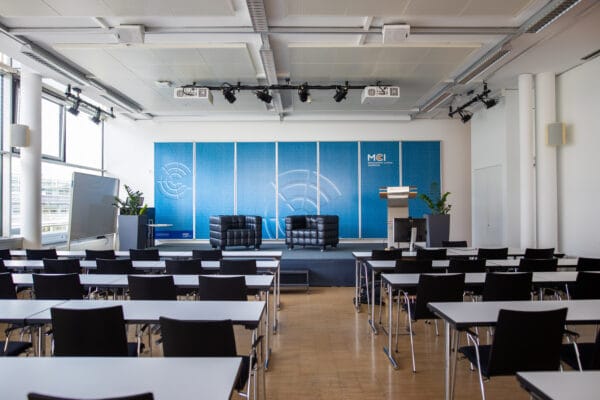Fertilization is a common practice in forestry nurseries to promote seedling growth and enhance future survival in the field, particularly as climate change-induced droughts increasingly threaten forest ecosystems. However, the interplay between nutrient availability and drought stress on hydraulics and growth of young trees is not well understood. We investigated the combined effects of fertilization and drought on seedlings of three European tree species (Pinus sylvestris, Fagus sylvatica, and Quercus robur) focusing on hydraulic traits, gas exchange, and growth. Our findings revealed that fertilized seedlings exhibited reduced water transport capacity (specific stem conductivity, root conductance), lower stomatal conductance and net photosynthesis, and stunted growth, especially under severe drought, with species-specific variation. Stem embolism resistance and leaf drought tolerance remained unchanged. However, in fertilized P. sylvestris and F. sylvatica, low root biomass combined with reduced water transport capacity is likely to have impaired survival under severe drought, leading to 30–40% mortality. In contrast, fertilized Q. robur demonstrated higher drought resilience and no mortality, possibly due to greater water-use efficiency. These results highlight species-specific risks associated with fertilization under drought, posing potential threats to F. sylvatica and P. sylvestris, while potentially benefiting Q. robur. Our study highlights the importance of tailored fertilization strategies for sustainable forest management in the face of climate change.
